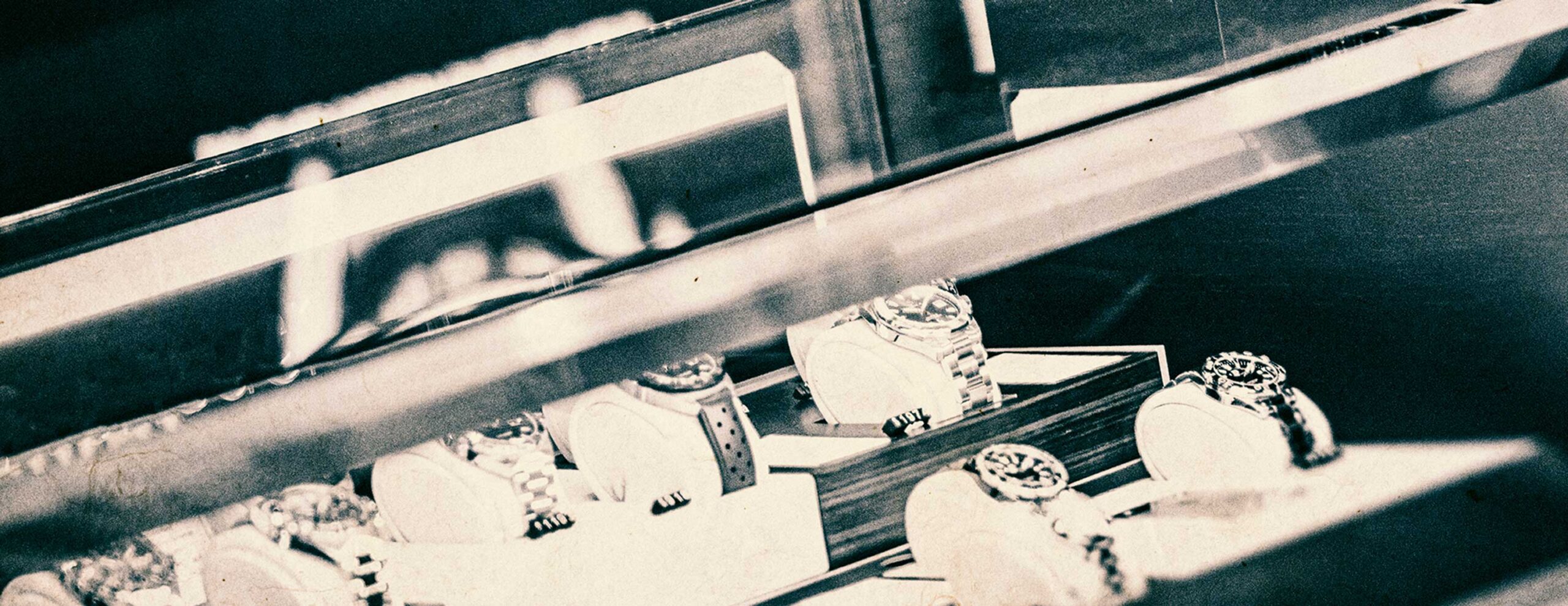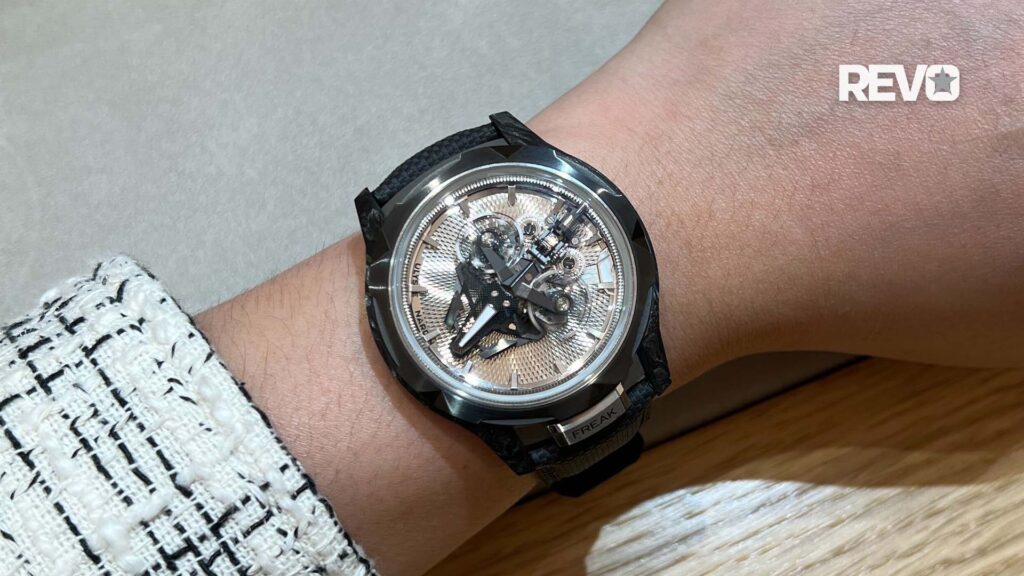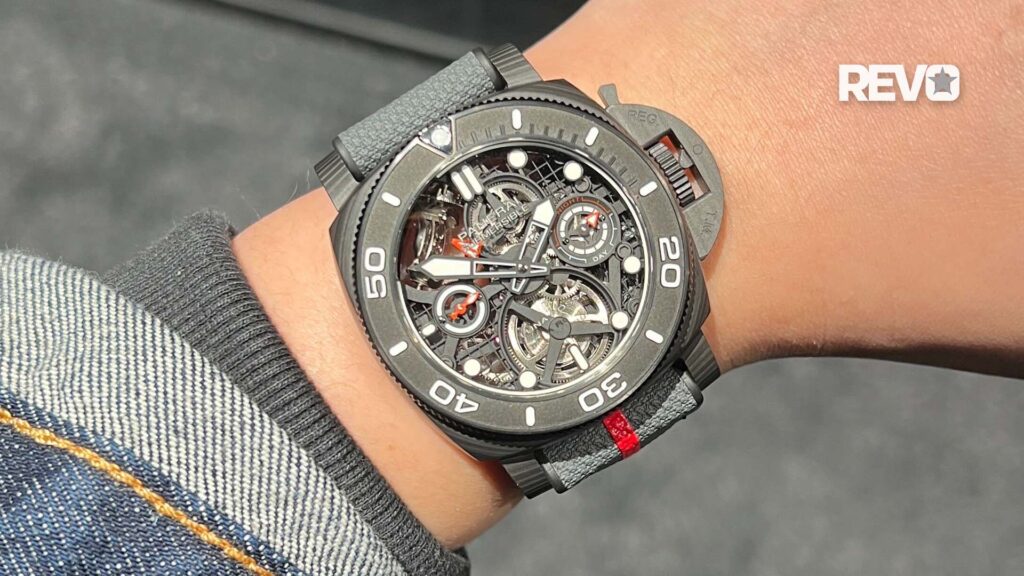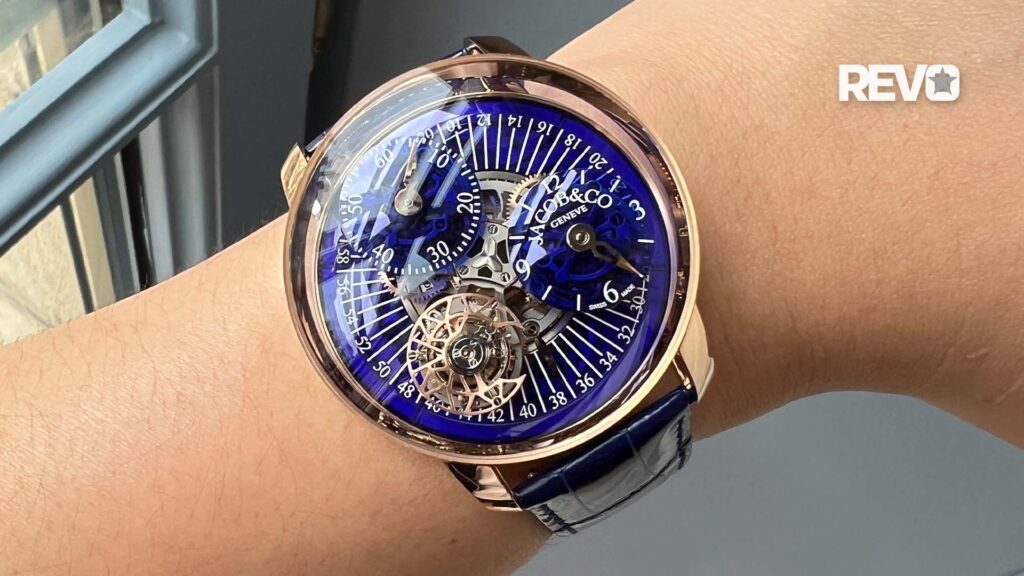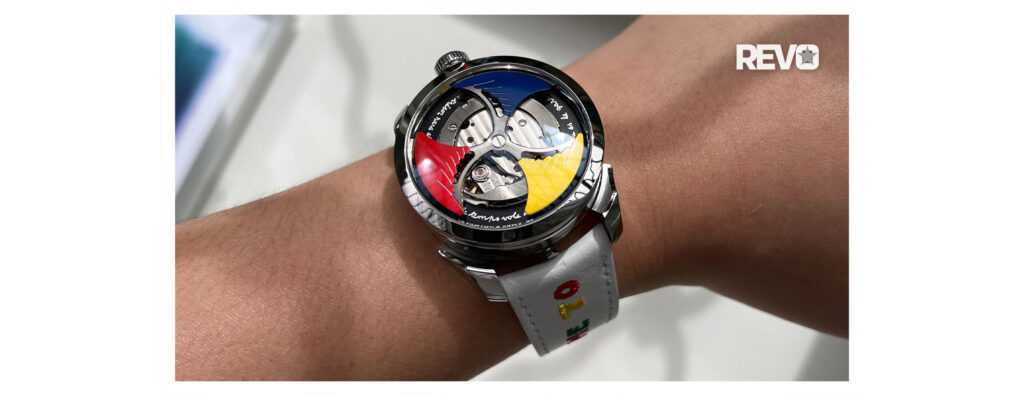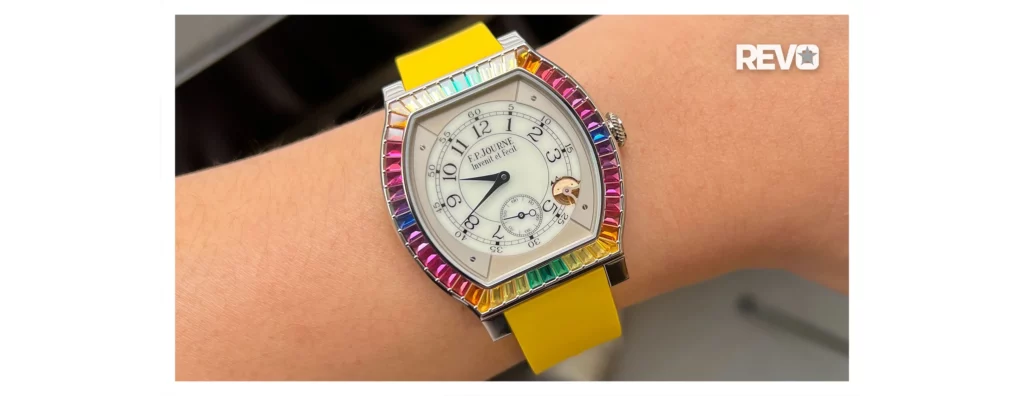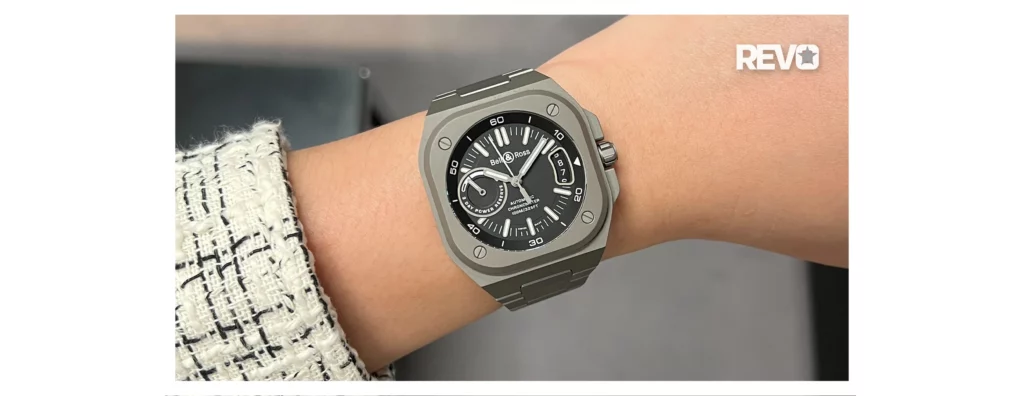Collector
Blurred Lines: Brand Retail in the Soaring ’20s
We seemingly keep reading and talking about how demand has dramatically increased the value or, more correctly, “price” of watches. Another impact that the surge in demand has had is on the available ways in which one can buy watches. Years ago, if you wanted to buy a Rolex Daytona, you either bought one from an authorized Rolex retailer or you bought a secondhand one, vintage or pre-owned, either at auction or from a dealer. The first two are pretty much unchanged, but the latter has had a transformation that rivals any consumer service in history.
The pre-owned market has exploded with a dizzying array of online and physical outlets that offer watches of every shape and size. For a while, certainly before the price corrections that we saw in 2022, it seemed that every kid with a watch and an Instagram account was a dealer. The brands soon began to notice that watches they were selling at retail were being flipped to gray market dealers for significant profits and the service they were receiving was not in line with the brands’ understandably high expectations. And so, some decided to take back some of the control… or at least try to!
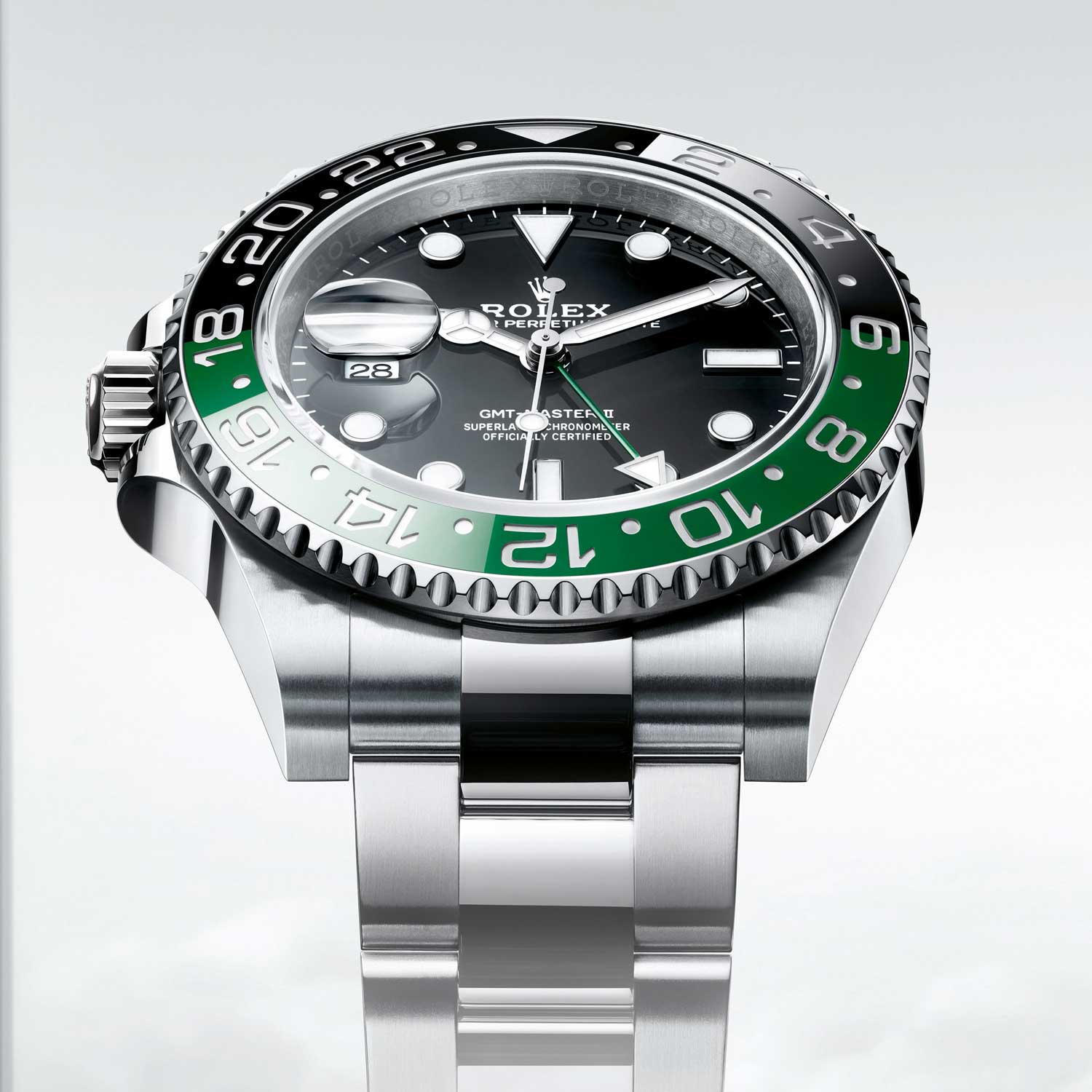
The Rolex Oyster Perpetual GMT-Master II made for lefties
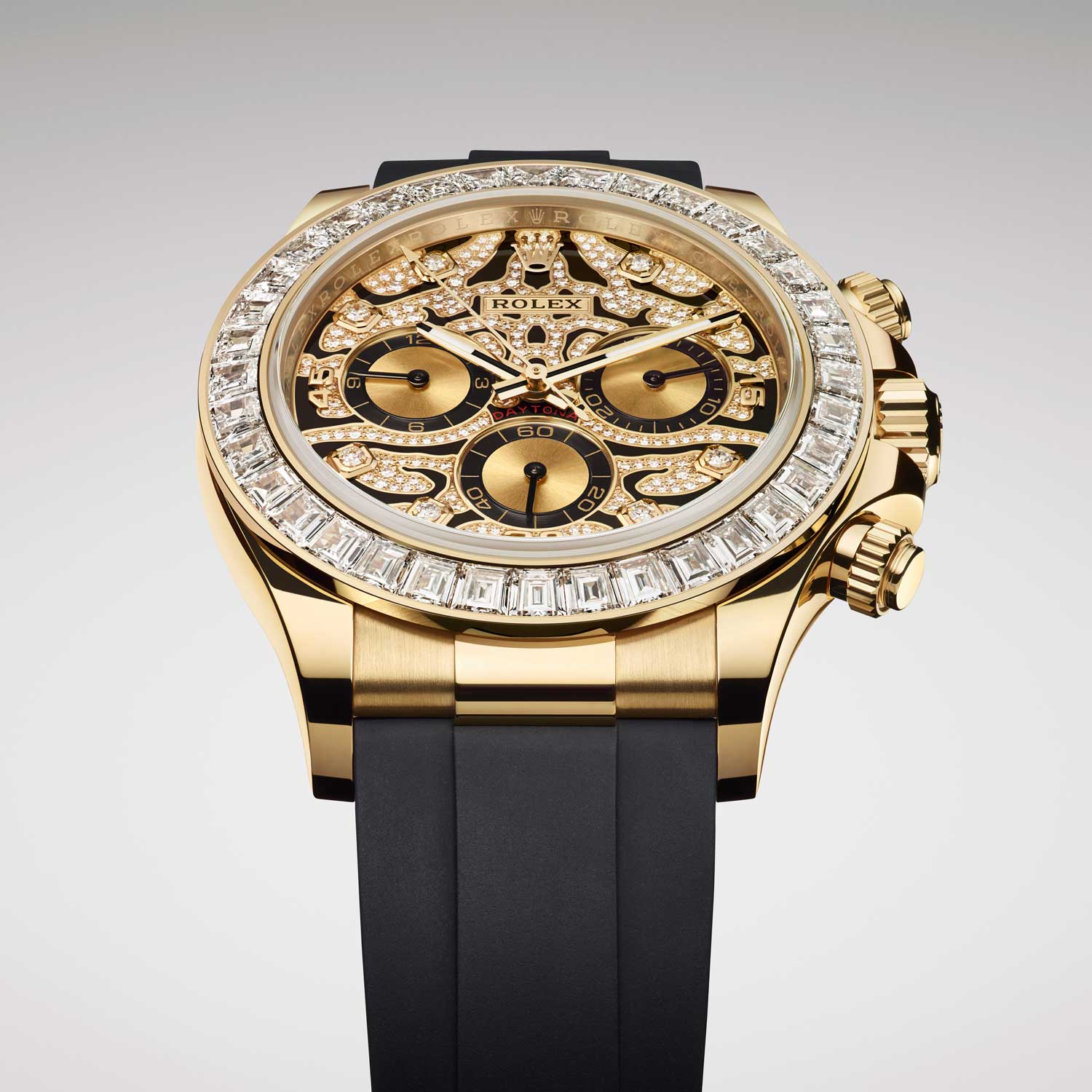
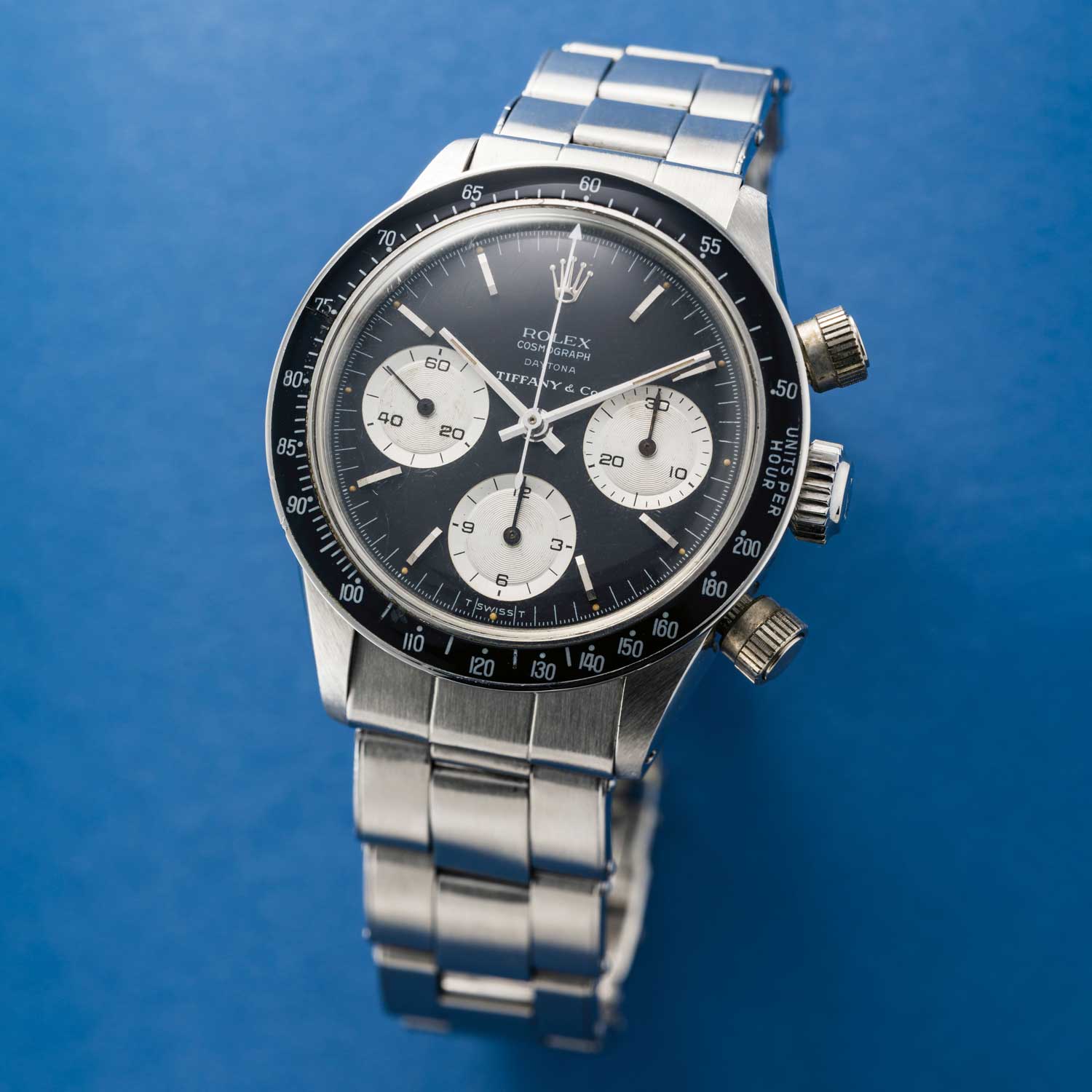
ROLEX STAMP OF APPROVAL
One brand that seems to dominate the new, pre-owned and vintage sectors is Rolex. Why? Well, it has always had pretty good residual value and has been keenly collected. Long before people were jonesing over whether to have a steel Cosmograph Daytona or GMT-Master II “Batman,” collectors were shelling out astronomical figures for 32mm Bubblebacks from the 1940s. That market, having softened in the past two decades, is now showing signs of a piccolo revival, but there’s always a story about how Rolex watches have done very well in any given period.
Take the military-issued Submariner, known as the MilSub. In 1999, you could buy a fully original one, all parts the same as when it was issued — including 60-minute bezel, sword hands and caseback engravings — for USD 2,000 at auction. Now, a full-spec 5517 (note the unique reference) is worth close to half a million bucks! And if you want to buy a new Submariner, you will have to navigate the labyrinth of your authorized dealer’s mythical waiting list. It is precisely this phenomenon that explains why the secondary market has become such big news and those that peddle it are serious players in the market and the wider industry.
With the demand for luxury watches, across the entire patch, at an all-time high, brands are simply unable, or unwilling, to supply enough watches to meet the demand. Or even half or a quarter of the demand. What has this done? It’s created an entire economy of secondary market watch dealers who can supply you that steel Daytona, Royal Oak or Nautilus immediately or pretty quickly. But you’re going to have to pay a premium. So far so good.
Everybody is happy. The brands are selling as many watches as they physically can manufacture. The secondary dealer makes a living supplying the watches people want to those that are willing to buy them, and the end consumer gets that watch of their dreams without having to wait for a decade on a waiting list. In fact, there is a strong argument that some of the powerful secondary watch dealers are as important as the brands themselves. WatchBox, Watchfinder and a plethora of other pre-owned or gray market dealers have plugged this gap, offering watch buyers the opportunity to buy watches on any given day, plugging the huge gap left by official retailers that simply can’t get the stock. With city bonuses, spare cash due to a COVID- induced lack of traveling or dining out and the crypto boom, people have been prepared to pay the premium.
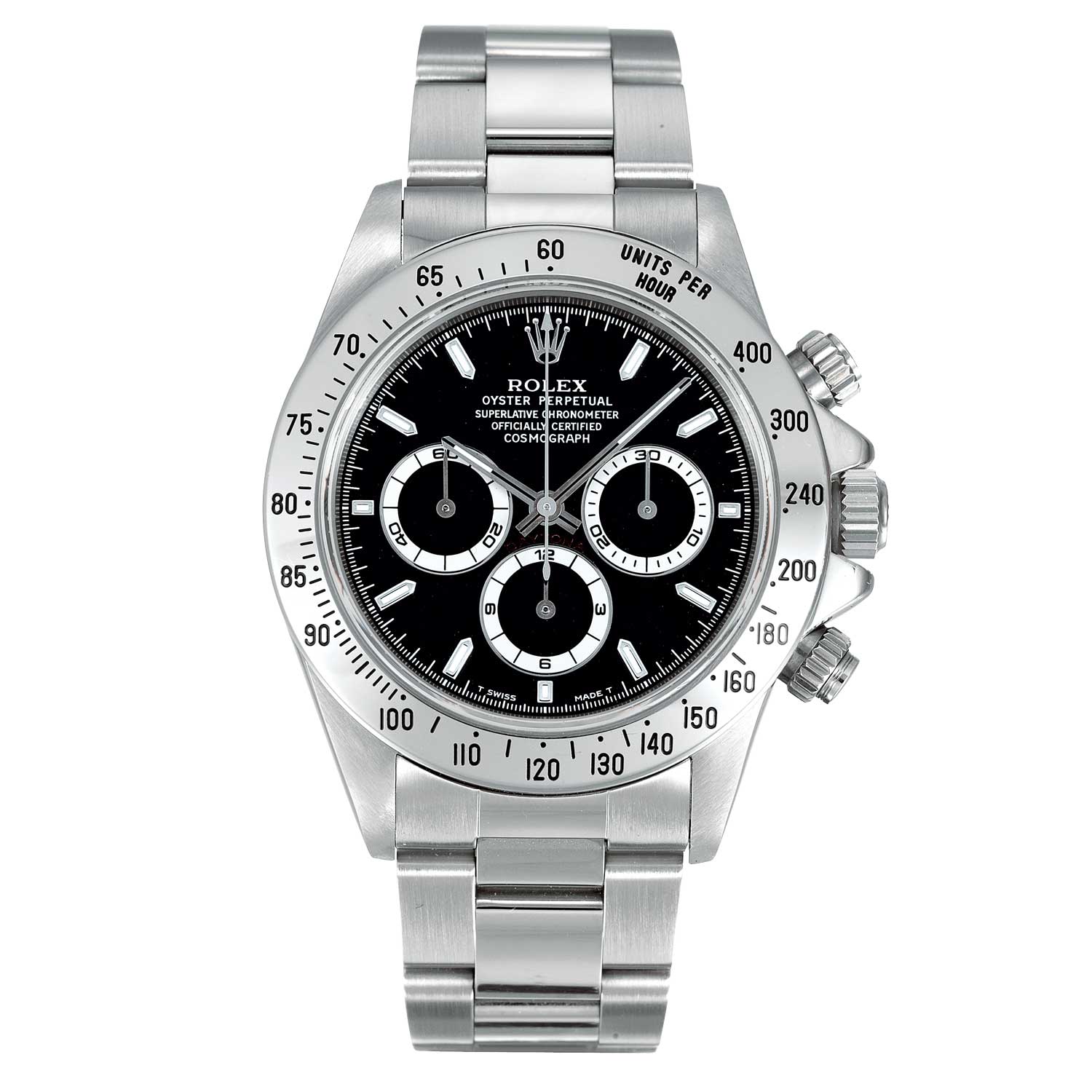
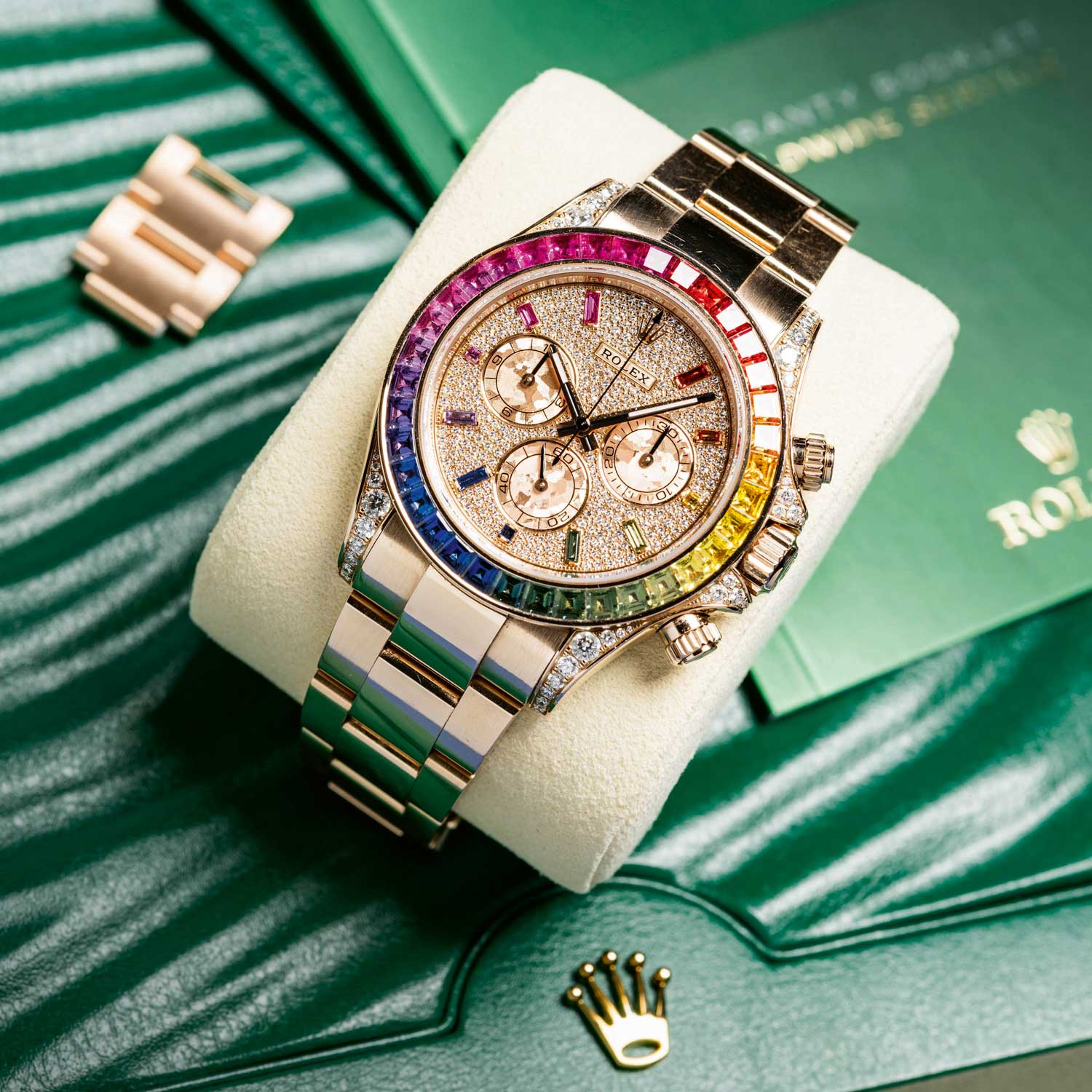
The new system is still in its infancy at the time of writing with Certified Pre-Owned (CPO) pieces available only through Bucherer boutiques in Switzerland, Austria, Germany, France, Denmark and the United Kingdom. The plan is to roll the offer out globally. So, what exactly does the offer look like? The watches will come with a new two-year warranty, with a card in a wallet that is much like the guarantee you would get with a new watch. The only stipulation is that the watch has to be more than three years old.
It’s not all plain sailing, though, and the industry has reacted with very mixed emotions. One issue is original papers. Collectors love what dealers refer to as a full set. This means different things to different people, but the bare minimum is the original box, guarantee papers and then a sliding scale of completeness of booklets, hangtags, paperwork, wallet and other accessories. With Certified Pre-Owned, the watches will only come with the aforementioned two-year warranty card and not the original paperwork, if it still exists. This is a shame and will impact on the value for many people.
And whilst we are discussing value, let’s ride that elephant in the room. Prices seen so far have been astronomical. One UK-based dealer who sells pre-owned Rolex watches is surprised and delighted in equal measure at the published prices. He discloses, “When this new program was first announced, I was a little worried that people would, over time, be drawn away from dealers such as myself. Pretty quickly, though, it became clear that it was not going to have much impact, especially on my core client base, which are predominantly well-informed punters. If you want a Rolex Certified Pre-Owned GMT-Master Date, one of the original ceramic bezel models, you’ll have to pay almost 17,000 pounds. I offer these, with original boxes and papers, for closer to 11,000 pounds.” Is the premium worth it? Time will tell, but it’s important to be clear that Rolex does not have any influence on pricing and that it’s set by the retailer.
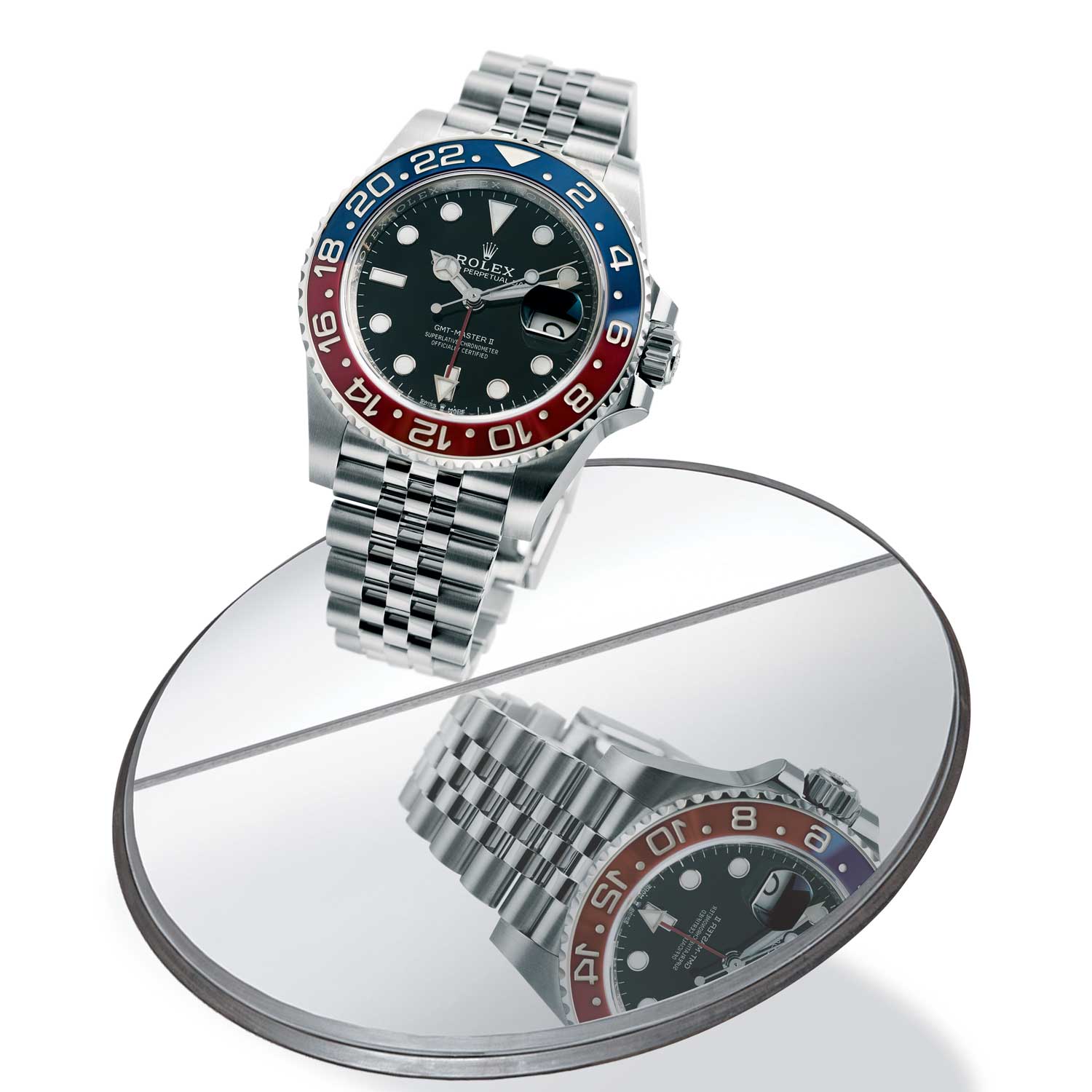
Current watches, such as this 126710 “Pepsi” GMT-Master II, will be available in the Certified Pre-Owned offer, as long as they are over three years old
MB&F GOES CPO
It’s fair to say that Rolex is actually quite late getting in on the act, but as we know with the Coronet, it’s all about evolution, not revolution. Many other brands have also been offering pre-owned watches either directly to consumers via online or through their network of authorized dealers. A company with an ethos vastly different to the restrained and conservative nature of Rolex is MB&F.
Founded by Maximilian Büsser in 2005, the brand is a collective, Maximilian Büsser & Friends, where radical independent watchmakers collaborate to undertake horological alchemy the likes of which had never been seen before. With independent watchmaking being one of the biggest growth sectors in the industry in recent years, Büsser has seen demand for his machines grow exponentially and especially in the pre-owned sector.
He says, “There has been a tectonic shift in perception.Up till a few years ago, the pre-owned market was often perceived as the enemy by big brands who felt that every pre-owned watch sold was stealing a new piece sale. In those days, pre-owned watches were selling at a substantial discount towards new pieces, and contradicted the brands who loved selling the story of watches being investments.
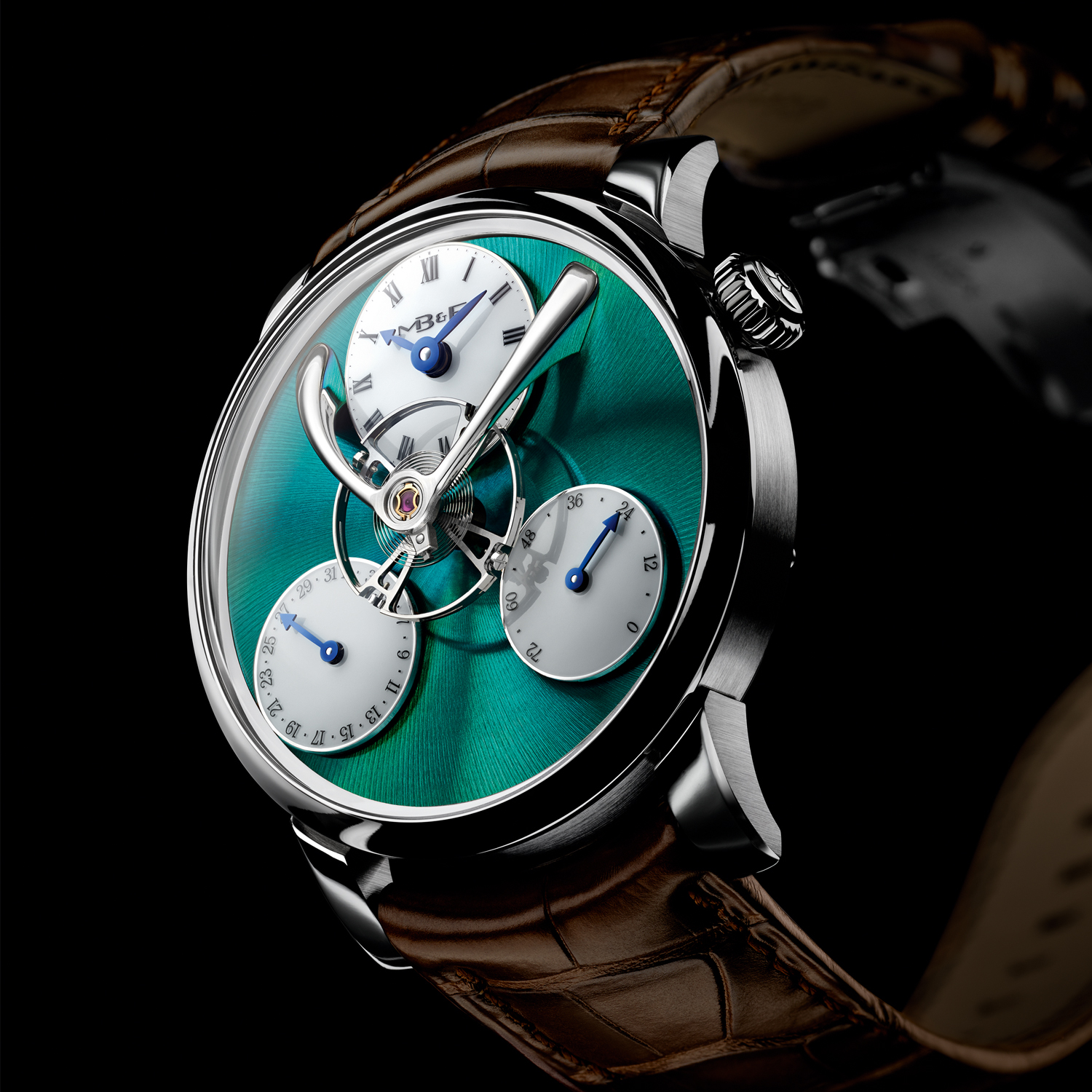
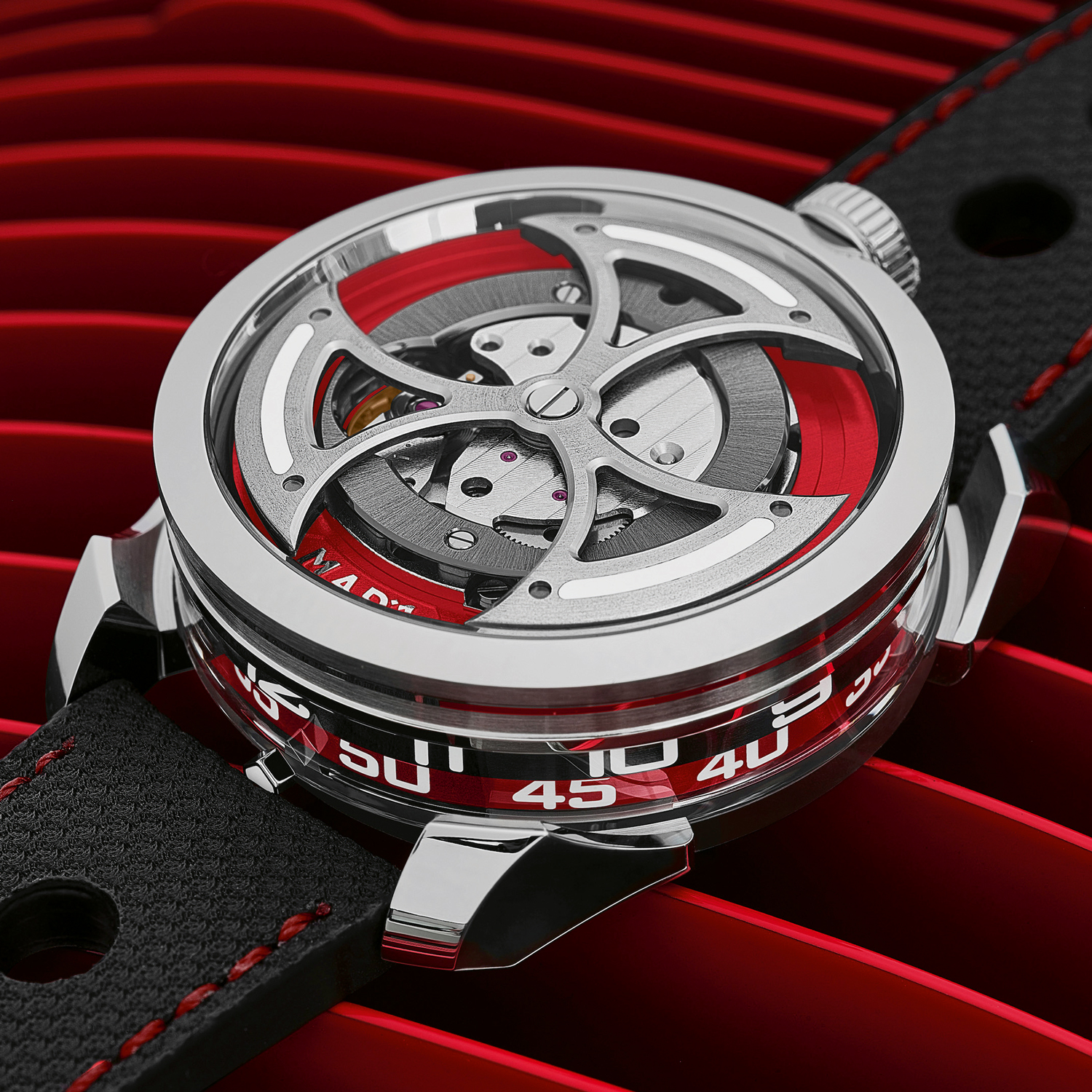
When asked about his brand’s Certified Pre-Owned program, Büsser says, “For us, it was clearly one more way of helping our clients. On one side, there were many clients trying to find impossible-to-find pieces which were no more in production. And on the other, clients who wanted to sell their pieces for whatever reason. We decided from the outset that we would only retail CPO pieces where none were available at our retailers, so as not to compete with the new piece inventory in the market.”
Max Büsser is clear, though, that this part of the business is not profit generating but intended as a service to MB&F customers: “We pretty much decided on the prices which seemed reasonable. When we started, our CPO were, of course, selling with a discount to retail prices, but we were always higher than anything on the secondary platforms. Our pieces are all factory refurbished, serviced and with a two- year factory warranty — they are like new.”
This pattern of more officially offered pre-owned watches being a service to their customers, as opposed to a way of making money, almost certainly repeats itself for many of the brands that offer it. It’s a way for brands to ensure that customers are buying their products without the stress that is often associated with buying a secondhand watch.
Büsser elaborates, “Navigating the world of pre-owned is seriously challenging. Even today 80 percent of the pre-owned pieces I personally buy for my own collection have major issues: they do not work properly and some are ‘frankenwatches’ with non-original components, and of course, virtually no seller offers a real warranty. Buying a CPO from a brand should normally alleviate all those issues and there is a real value to that. In our case, CPO is a labor of love — it’s just there to help out. Doing it so that we are all proud takes hundreds of hours for zero to negative financial returns. But we believe it is part of what a caring brand should do.”
AUDEMAR PIGUET’S NEW CPO PROGRAM
Another brand that is planning to launch a Certified Pre-Owned program is hyper-hot Audemars Piguet. At the time of writing, it is still not clear how the new program will work, but CEO François-Henry Bennahmias announced the move at a luxury recruitment conference in January 2023. Promising that the CPO would be in full swing by the end of 2023, Bennahmias has every reason to be confident that it will be a runaway success. It is also likely to be one of his last initiatives before departing the brand, as planned, at the end of 2023.
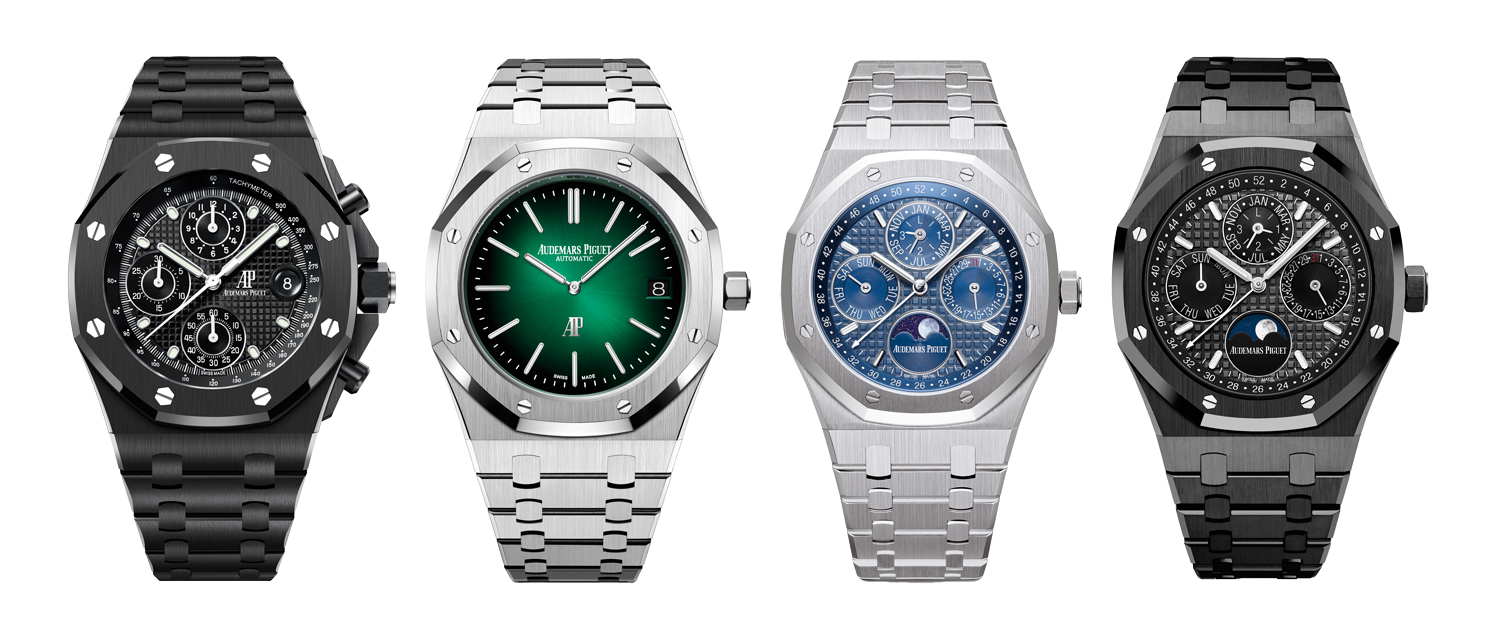
Audemars Piguet have made a clear indication that they will be officially entering into the pre-owned market later in 2023. This could open up opportunities for customers to procure the popular Royal Oak and Royal Oak Offshore models
One thing that dealers always tell me is that clients prefer to buy pre-owned APs with a manufacture service history. This is partly due to the incredibly difficult nature of cosmetically refinishing a Royal Oak and also, I assume, due to the desire for rock solid peace of mind. With Royal Oaks being some of the most impossible watches to obtain at retail, it makes sense that some customers will fully appreciate the benefit of being able to buy pre-owned pieces from authorized retailers and get their Royal Oak “Jumbos” and Offshores with the brand’s official “stamp.”
Is Certified Pre-Owned the future of watch buying for collectors? Certainly not, as secondary dealers will always offer a better price point for collectors and consumers. However, brands entering into the pre-owned market is a strong move and will undoubtedly give them a footprint in a market that they’ve been watching with their noses pressed up against the glass for a long time. Whether the motivation is one of control and command or a more philanthropic-esque gesture to help loyal clients, I believe that we will see more and more brands entering the fray.




